1/28 Revell/Monogram Panzer 4 Ausf. H
Well armed!
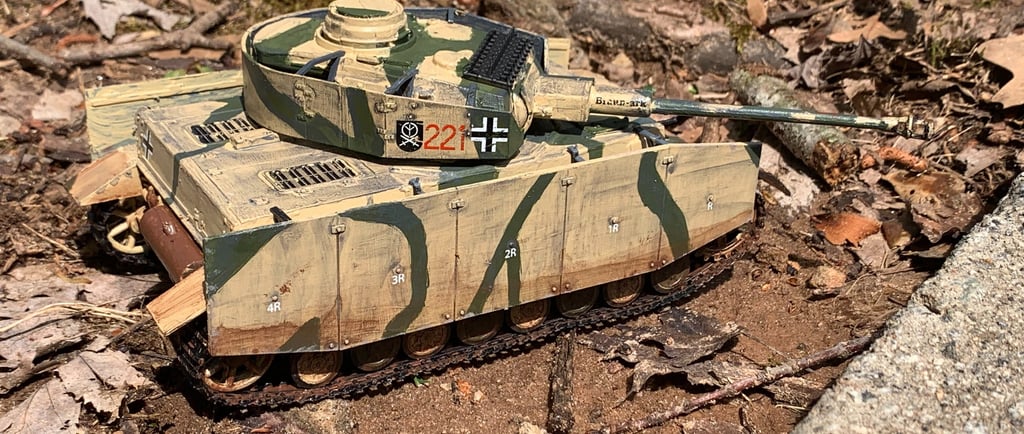

Now this is what you call a true workhorse.
By the time the Ausf. H rolled off the line in 1943, the Panzer IV had already seen more action than most tanks ever dream of. Originally designed in the late 1930s as a support tank with a short-barreled 75mm, the Panzer IV had evolved over the course of the war into something much more serious. And with the Ausf. H, Germany pushed the platform to its limits.
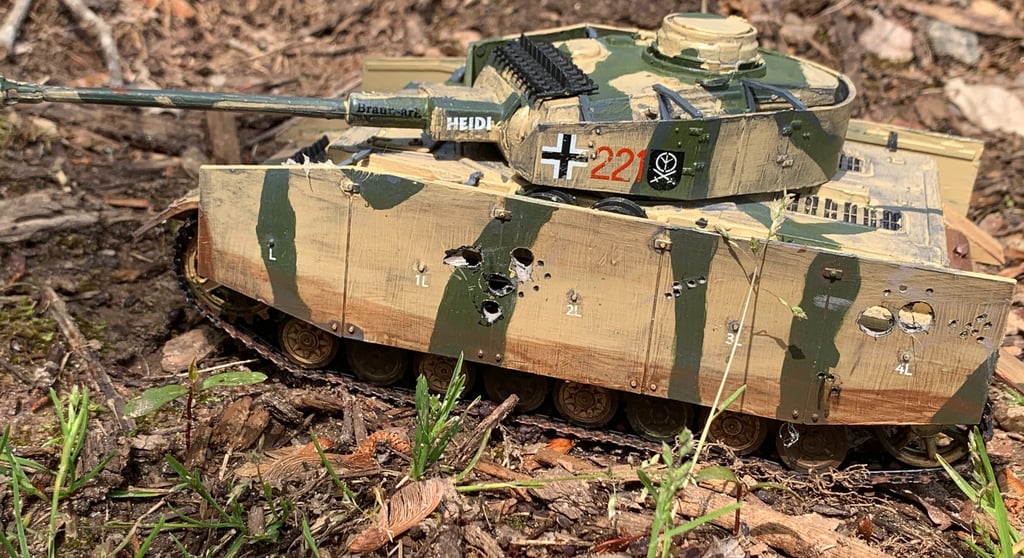

So what did the Ausf. H bring to the table? For starters, armor. Lots of it. The frontal armor was beefed up to 80mm on the hull, with even more slapped on as bolt-on appliqué plates. Then there's Schürzen, the the iconic metal skirts around the turret and hull sides, meant to protect against any HEAT or High Explosive Ammunition. Did they always work? Not really. But they looked cool and gave it that "don't mess with me" silhouette.
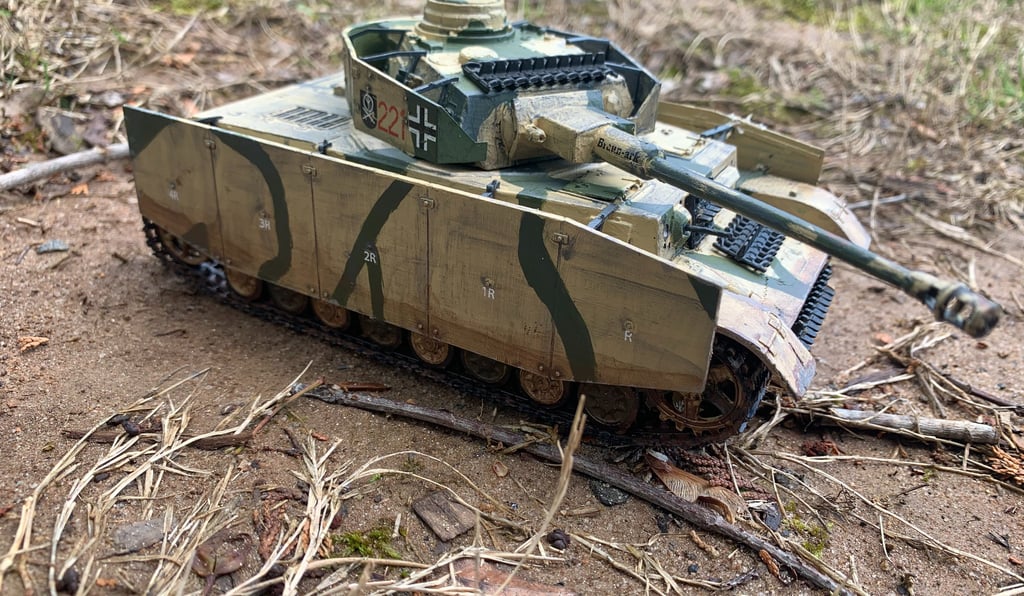

The gun? Still the long-barreled 75mm KwK 40 L/48, which packed a serious punch. This wasn’t just a support gun anymore—it could penetrate over 130mm of armor at close range with APCR rounds. Against T-34s and Shermans? No problem. Even tanks like the IS series were not entirely impervious from the front. Even late-model variants had to respect the Panzer IV’s firepower.
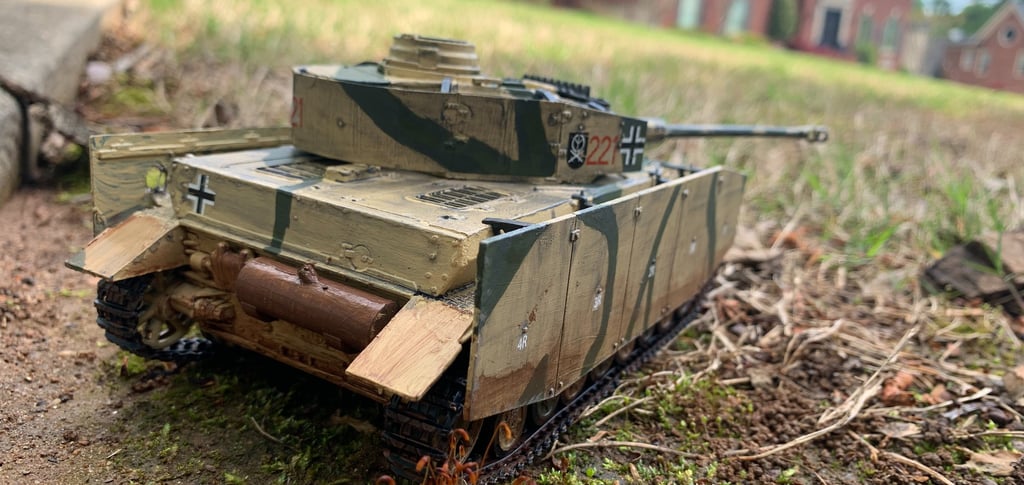

But here's where things started to strain.
All that extra armor and gear? It made the Ausf. H heavier—over 25 tons, which was pushing the limits of what the chassis could realistically handle. The same basic suspension and drivetrain that had worked for early models now had to drag around a tank with way more weight than originally intended. That meant more breakdowns, slower mobility, and higher fuel consumption, at a time when Germany’s logistics were already falling apart.
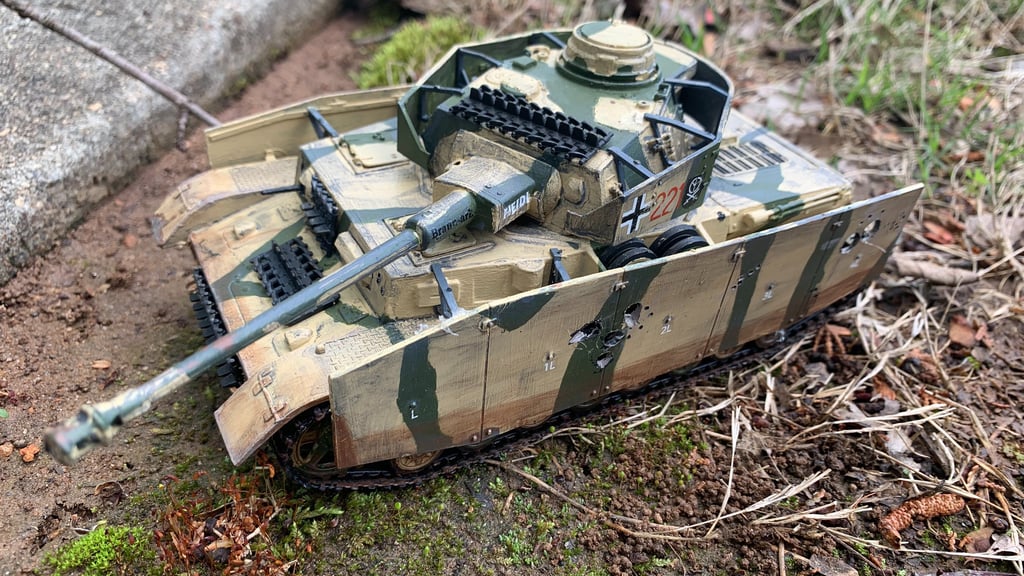

And speaking of fuel... the Ausf. H came out just as the German war machine was running out of everything. Fuel, rubber, metals—you name it. This meant steel return rollers instead of rubber, simplified production, and sometimes inconsistent armor quality depending on what materials were available. It wasn’t ideal, but the Panzer IV still kept showing up on every front, from Normandy to the Eastern Front.
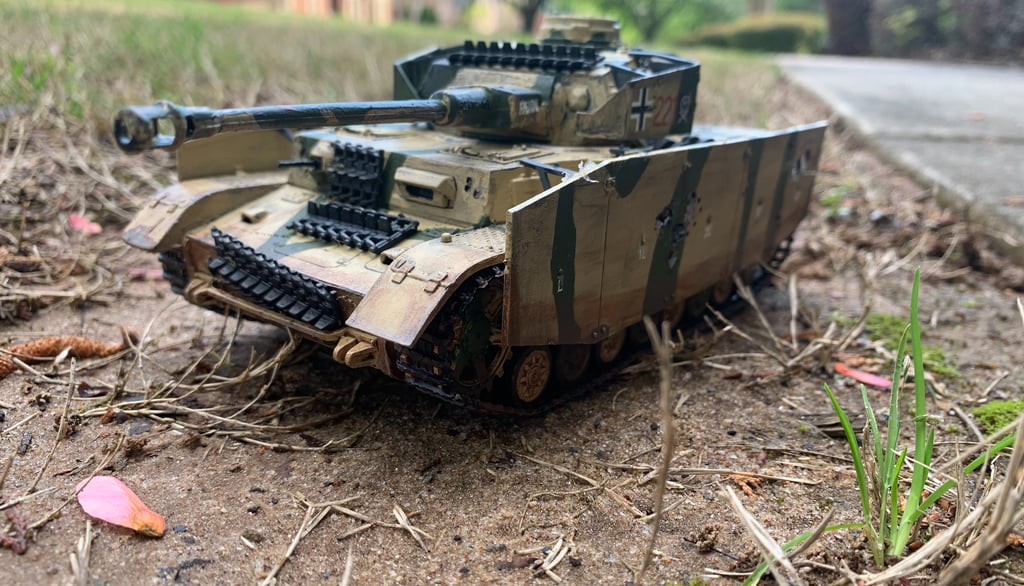

It wasn’t flashy like the Panther, or fearsome like the Tiger. But the Ausf. H was everywhere, from the Soviet Union to France to Italy, holding the line when other fancy German tanks were either in the shop with a broken transmission or stuck in the mud. It was easier to produce, easier to repair, and much more reliable than many of its overengineered cousins.
In the end, the Panzer IV Ausf. H was a veteran fighter, battle-hardened, upgraded, and doing its best to stay relevant in a world that was rapidly moving toward more modern designs. It wasn’t perfect, and it was definitely starting to show its age, but it got the job done.
And hey, when you’ve fought through half a continent and still managed to scare Shermans in 1944? That’s something to be proud of.
